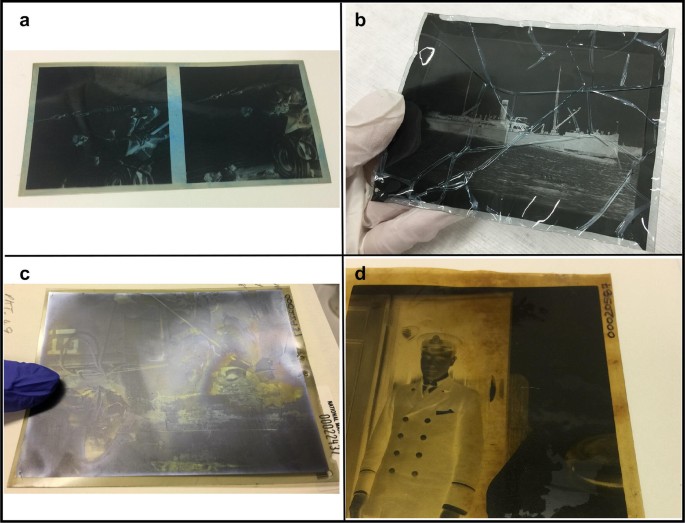Still Photographic Acetate Film Digitising Solutions in Oxford UK
Archiving and Scanning Digitisation at Oxford Duplication Centre

Specialist Still Photographic Film Digitising Specialists | Nitrate Film | Safety Acetate Film | Polyester Film to Archive Industry Standards
motion & cine film | audio | video | optical | photographic film | books | documents | Scan on Demand | FAQs
Our services are highly recommended in the UK, providing high quality precision still photographic film scanning solutions for all your digital media requirements. Output digital files can be in any format, with typically any archive file converted to TIFF, with JPEG or PDF access files.
Beginning in the mid-1920s, highly flammable nitrate film was slowly replaced with cellulose acetate film base. It became known as "Safety" film. Despite this name, cellulose acetates do have stability problems. Like cellulose nitrate, the deterioration of cellulose acetate is autocatalytic: once deterioration has begun, the degradation products induce further deterioration. It affects the plastic support of acetate film, causing it to become acidic, to shrink, and to give off of acetic acid producing a vinegary odor.
There are Six Levels of Acetate (Safety Film) Decay
Level 1: No deterioration
Level 2: The negatives begin to curl and they can turn red or blue
Level 3: The onset of acetic acid (vinegar smell); also shrinkage and brittleness
Level 4: Warping can begin
Level 5: The formation of bubbles and crystals in the film
Level 6: The formation of channeling in the film
Levels 1 - 4, the film can be copied. At Level 5, it may be possible to copy parts of films. At Level 6, we would suggest a specialist conservation company to provide binder removal and restoration.
What Do the Acetate Film Negatives Look Like

How to Identify Acetate (Safety Film) Decay
- Labels: Check to see if the word ‘Safety Film’ is embossed or printed on the edge of the film. .
- Deterioration: If film is wrinkled or smells like vinegar, it’s most likely safety film.
- Dates:
- Assume that any film dated after 1950s is acetate film.
- Look for notches on the edge of any Kodak film dated from 1950s. If the first notch looks like a ‘U,’ it’s most likely safety film.
- For non-Kodak film from 1950's, and any film that can’t be dated – look for the signs of deterioration we mentioned above.
Don't Wait Too Long to Digitise Your Archives
We often write about the ever increasing short shelf life of still photographic film because the risks of this type of film merit a greater sense of urgency.
Our services are highly recommended in Oxfordshire, providing high quality precision photographic and document scanning solutions for all your digital media requirements. Output digital files can be in any format, with typically any archive file converted to TIFF, with JPEG or PDF access files.







